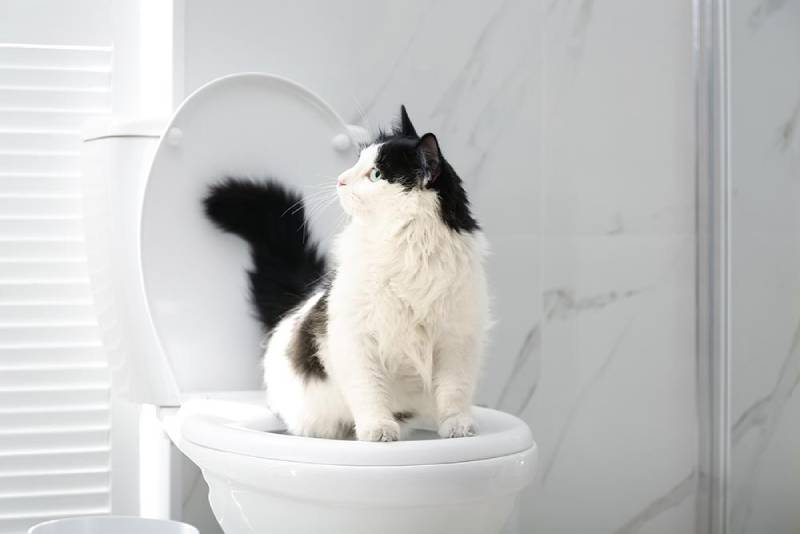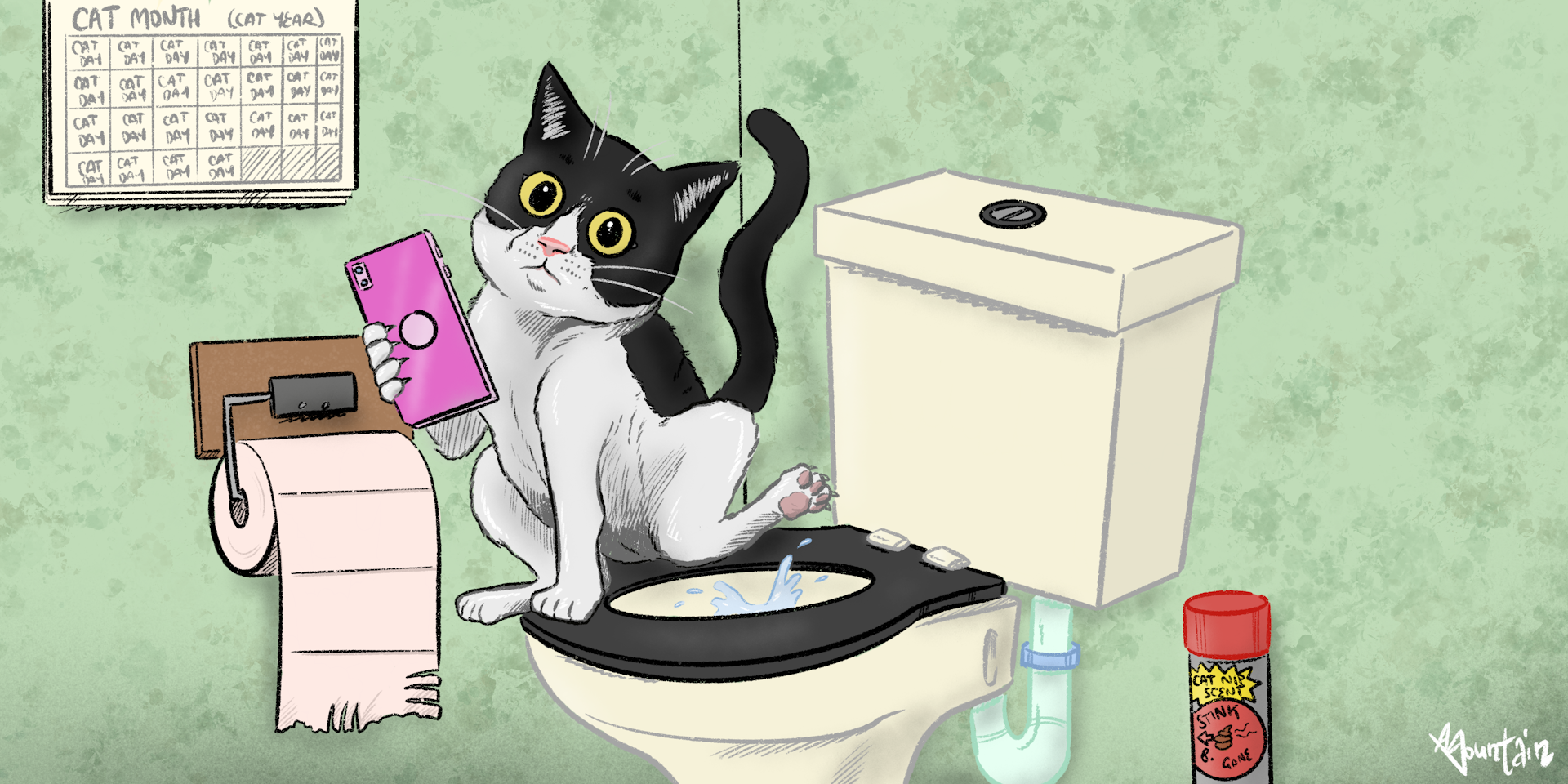Are you currently hunting for help on How to Dispose of Cat Poop and Litter Without Plastic Bags?

Introduction
As cat proprietors, it's necessary to bear in mind exactly how we deal with our feline friends' waste. While it might appear practical to purge feline poop down the commode, this practice can have destructive consequences for both the setting and human health.
Alternatives to Flushing
Luckily, there are more secure and more accountable means to deal with feline poop. Take into consideration the following alternatives:
1. Scoop and Dispose in Trash
The most typical approach of dealing with feline poop is to scoop it into a naturally degradable bag and toss it in the garbage. Make certain to make use of a committed clutter inside story and get rid of the waste immediately.
2. Use Biodegradable Litter
Opt for eco-friendly feline trash made from materials such as corn or wheat. These trashes are environmentally friendly and can be safely dealt with in the trash.
3. Hide in the Yard
If you have a lawn, think about burying pet cat waste in an assigned area far from veggie gardens and water resources. Make sure to dig deep enough to stop contamination of groundwater.
4. Set Up a Pet Waste Disposal System
Invest in a pet dog waste disposal system especially developed for pet cat waste. These systems utilize enzymes to break down the waste, reducing smell and ecological effect.
Wellness Risks
In addition to ecological concerns, flushing pet cat waste can also present wellness risks to people. Pet cat feces may include Toxoplasma gondii, a bloodsucker that can create toxoplasmosis-- a possibly severe disease, specifically for expectant females and individuals with weakened immune systems.
Environmental Impact
Flushing feline poop presents dangerous virus and bloodsuckers right into the water, posing a significant risk to aquatic ecosystems. These contaminants can adversely influence aquatic life and compromise water high quality.
Conclusion
Responsible pet dog possession prolongs beyond giving food and sanctuary-- it likewise involves correct waste monitoring. By refraining from purging feline poop down the toilet and opting for different disposal methods, we can decrease our ecological footprint and secure human health.
Why You Should NEVER Flush Cat Poop (and/or Litter) Down Your Toilet
The Problem with Litter
The main function of litter is to solidify and adhere to your cat’s waste. While this makes litter excellent for collecting cat poop and urine, it’s also the exact property that makes it a nightmare when flushed down the toilet.
Cat litter can and will clog pipes. There is non-clumping litter, but it’s still quite heavy and can build up in pipes. This is true even of supposed “flushable litter.”
The problems only compound when the litter is already clumped into cat waste. Toilet paper is among the more flushable things, and even too much of that will clog a toilet.
The Problem with Cat Poop
Sewers and septic systems are designed with human waste in mind. The microbes that help break down human waste don’t work on cat waste. Additionally, cat poop plays host to the parasite Toxoplasma gondii.
When flushed, this parasite can enter the environment in places it was never meant to, posing a risk to pregnant women, their unborn children, and other people with compromised immune systems. While it might not seem possible, flushing cat poop can indeed introduce this parasite to the public water supply.
These reasons are why, even if you’ve trained your cat to go on the toilet and flush, which is possible, it’s still not a good idea. Also, pregnant women and the immunocompromised shouldn’t change litter, either.
How to Handle Litter
The best way to handle litter is to simply put it in a plastic bag and place it in the trash. Avoiding environmental risks and possible plumbing damage is worth the extra effort.
You can also invest in devices that seal away your cat’s waste in a separate compartment, so you don’t have to change the litter nearly as often. They’re also safer for pet owners because they limit the possibility of Toxoplasma gondii exposure.
Disposing of litter the old-fashioned way will ensure you won’t have to worry about any issues that flushing the waste can potentially cause.
Take Care of Clogged Pipes with Stephens Plumbing, Heating & Air Conditioning
The reasons you should never flush cat poop down your toilet are numerous, but sometimes the inevitable happens despite your best efforts.
Stephens Plumbing, Heating & Air Conditioning is ready to help if you’re experiencing litter-blocked plumbing. Whether you need us in an emergency or want to schedule regular maintenance, we’re here for you.
https://www.stephensplumbing.net/bathroom-plumbing/never-flush-cat-poop-down-your-toilet/

I hope you liked our post on How to Dispose of Cat Poop and Litter Without Plastic Bags. Thanks a ton for finding the time to read our blog. Sharing is caring. Helping others is fun. I take joy in reading our article about Can You Flush Cat Poop Down The Toilet?.
Pricing
Comments on “Potential Risks of Flushing Cat Poop Down Your Toilet - Tips for Safer Disposal”